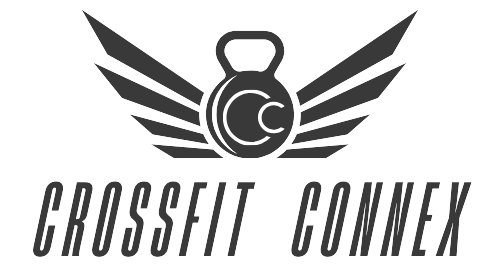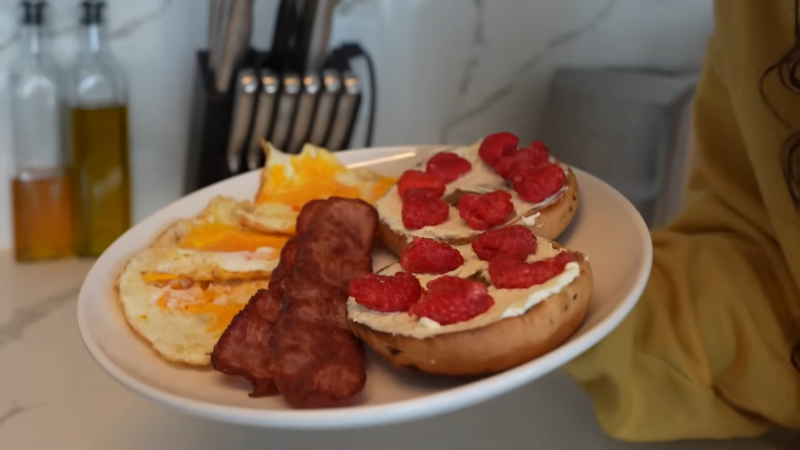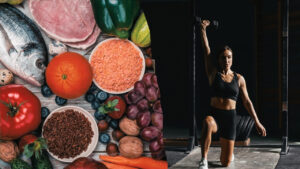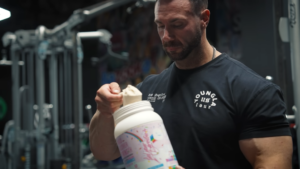Diet and exercise are the primary pillars of a healthy lifestyle plan. But can coordinating eating and workout schedules improve our fitness results?
And if so, how should our eating patterns differ before, during, and after activities?
Ever wondered if is it important to eat before a workout? The answer is YES, plus BUT.
Well, let me break it down for you.
Here is Our Daily Ideas for Pre and Post-workout meals you can DOWNLOAD FOR FREE.
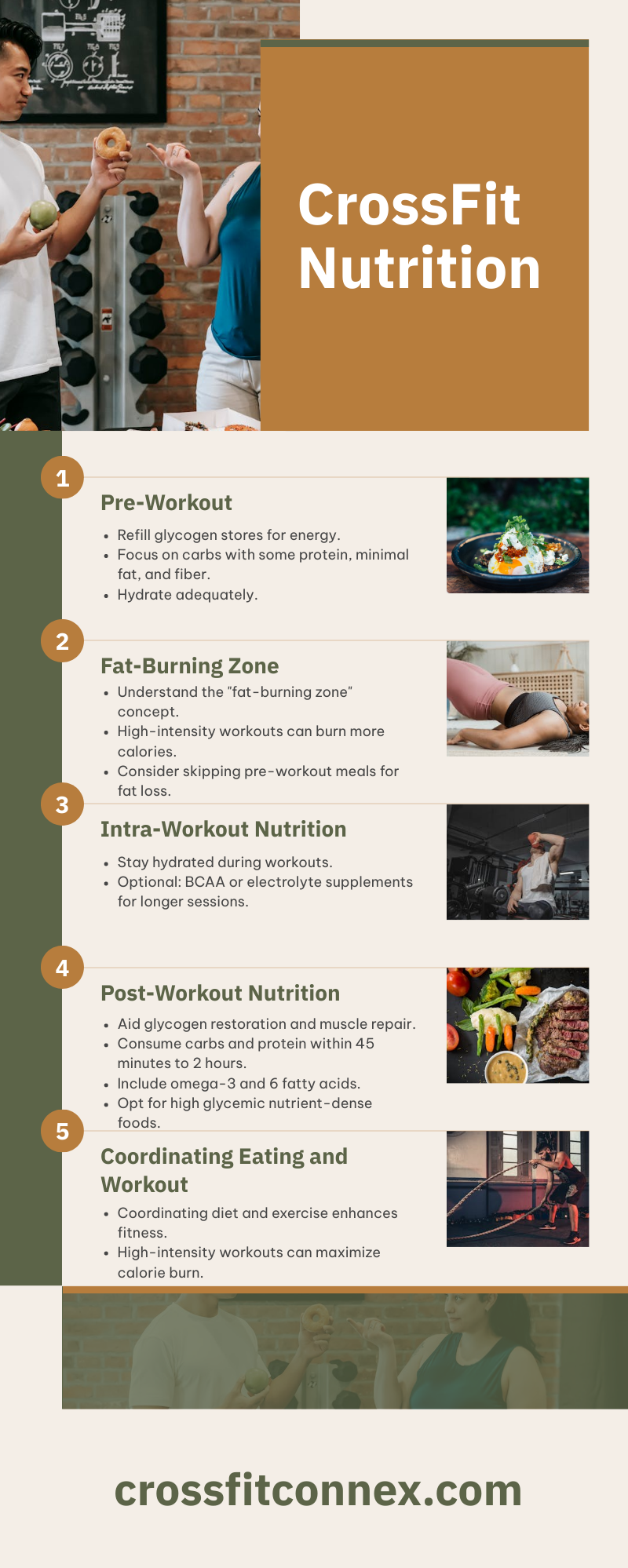
Key Takeaway
Pre-Workout Nutrition
The main reason why is a good choice to eat before a workout is to refill your glycogen stores, which are your body’s short-term energy source.
This is especially crucial for those early morning workouts when your liver’s glycogen levels are low after fueling your nervous system during sleep. Your muscles should already be loaded with glycogen from proper recovery nutrition the day before.
You don’t need a lot, but your body needs something to kickstart your metabolism, provide a direct energy source, and help you power through your workout. But what should you eat?
Well, that can make or break your workout. It’s a good idea to try out different pre-workout snacks or meals and stick with what works best for you.
What Should Be on My Pre-Workout Menu?
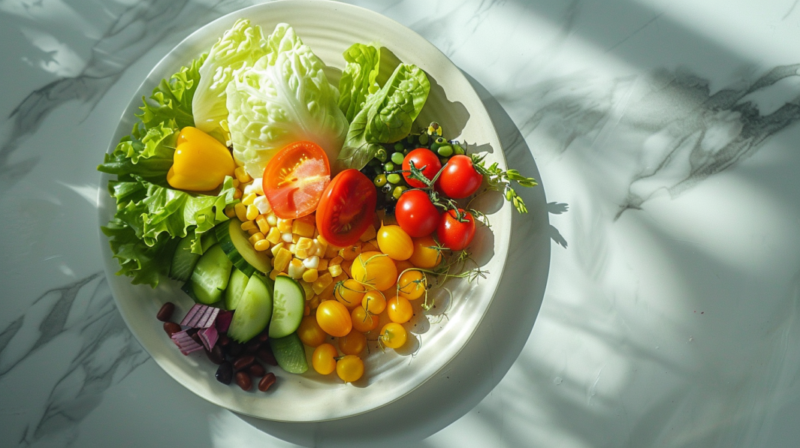
Carbs should be the star of the show since they provide immediate energy. You should also have a little bit of protein, but not too much since it takes longer to digest and won’t give you an immediate energy boost.
And don’t forget to keep fat and fiber to a minimum to avoid any tummy troubles during your workout.
Now, you might be wondering if the type of carbohydrate matters. Well, research shows that it doesn’t make a big difference across the board.
Regular foods like a bagel with peanut butter are great, but convenience foods like energy bars or replacement shakes can also be helpful since you can easily control the calorie and nutrient content. And if you need a little extra boost, you can always add a piece of fruit or a glass of low-fat chocolate milk.
Remember, don’t forget to hydrate! Start drinking fluids at least 4 hours before your workout and aim for 5-7 milliliters of water per kilogram of body weight. And before you start your workout, make sure you’re well-hydrated by checking your urine color – it should be pale yellow and dilute.
“But-Part from The Introduction”
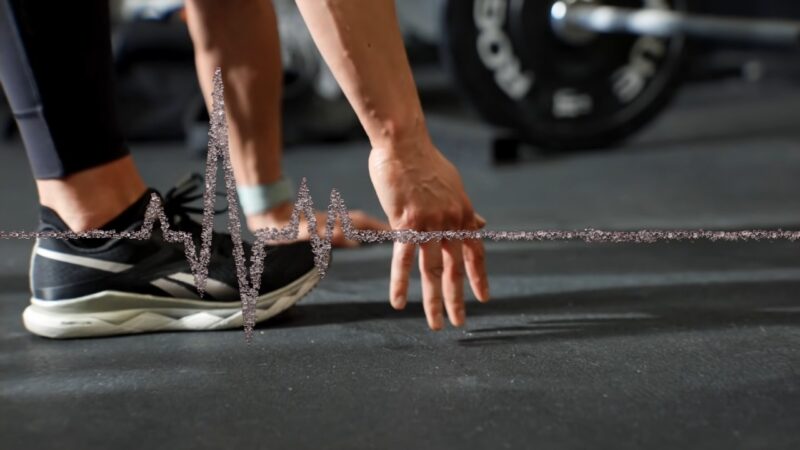
Why I wrote “but”… well there is always some but. It depends on what you want to make, and what is your goal. For everybody who wants to lose fat but save some muscles, it is not good to eat before a workout.
Why? I will answer by question: Have you ever heard of the ‘fat-burning zone?
Simply explained, the ‘fat-burning zone‘ is where you are working out at about 70 – 80% of your maximum heart rate, also known as your fat-burning heart rate. If you’re looking to lose weight and keep fit, the general rule of the game is to increase the intensity of your workouts.
You have found out how to calculate the fat-burning zone, but do you need to lose weight? Check the ideal weight calculator to find it out!
Anyway, your heart rate generally should be between 120 and 140 bpm.
| Age | Estimated Fat-Burning Zone |
|---|---|
| 20 years | 128–152 bpm |
| 30 years | 122–144 bpm |
| 35 years | 118–141 bpm |
| 40 years | 115–137 bpm |
Again but. But what is the truth of the fat-burning zone theory?
While it is true that the body burns fat during low-intensity workouts, the fat-burning rate remains low and you have to exercise longer to burn the same amount of calories you would at higher intensities.
In a high-intensity workout, although your body uses your glycogen stores first for ‘fast energy’, it depletes the glycogen stores rapidly enough to force your body to tap on the fat storage.
This means that high-intensity workouts are more efficient in burning way more total calories – both glycogen and fat calories.
Ultimately, the total number of calories you burn leads to the most weight (and fat) loss. And muscles.
If you have it enough and you are satisfied, you know how much energy you lost to build it, and you don’t want to lose it. Then don’t eat before your slow running and keep your heart rate between 120-140 bpm. This heart rate is also a good choice for beginners.
But if you don’t care about muscles or simply enjoy HIIT workouts, eat 2 hours before you start.
Intra-Workout Nutrition
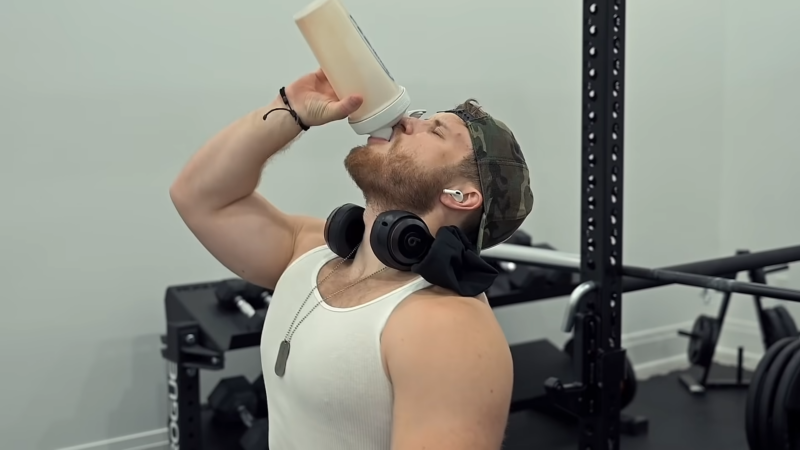
Staying hydrated during workouts is key. Unless you are doing extremely long (over 2 hours) workout sessions you most likely do not need to worry about intra-workout nutrition.
If you feel like you need something during your current workout sessions consider trying a BCAA or electrolyte supplement.
Post-Workout
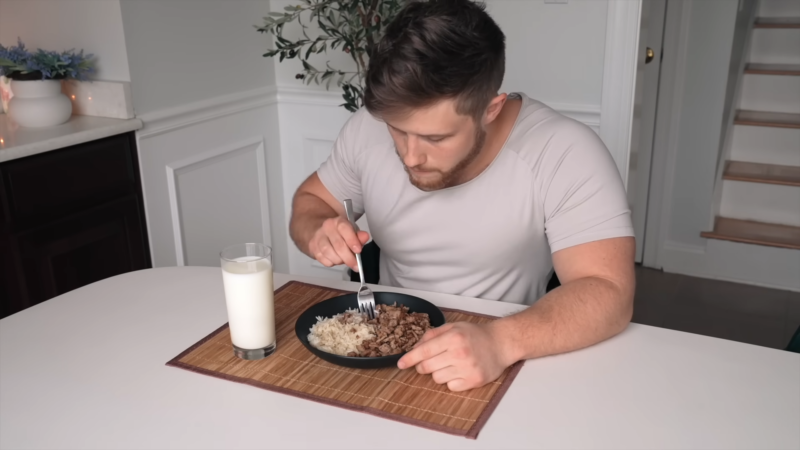
After your workout, your body tries to rebuild its glycogen stores as well as repair and regrow those muscle proteins. Eating soon after you exercise can help your body get this done faster.
Your prime window of opportunity to refuel is 45 minutes to 2 hrs post-workout. It’s especially important to eat carbs and protein post-workout! Omega-3 and 6 fatty acids are also good choices.
Doing this helps your body:
- Decrease muscle protein breakdown
- Increase muscle protein synthesis (growth)
- Restore glycogen stores
- Enhance recovery
Protein helps repair and rebuild muscle tissue. Carbohydrates help replenish glycogen stores during exercise. Fats slow digestion. It’s generally encouraged to have a low-fat post-workout meal.
Post-workout is considered one of the best times to enjoy higher glycemic nutrient-dense foods like fruits, sweet potatoes, rice cakes, etc. Try consuming the two in a ratio of 3 to 1 (carbs to protein). For example, that’s 40 grams of protein and 120 grams of carbs.
Eating plenty of carbs to rebuild glycogen stores is most important for people who exercise often, such as twice in the same day. If you have 1 or 2 days to rest between workouts this becomes less important.
Conclusion
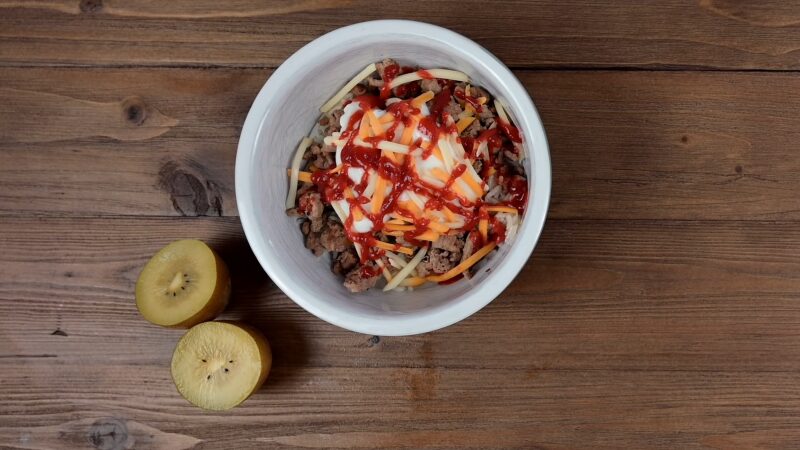
Coordinating eating and workout schedules can improve fitness results, but it depends on individual goals.
Eating before a workout can refill glycogen stores and provide energy, but it may not be beneficial for those looking to lose fat.
Scaling workouts for different fitness levels is crucial, as it ensures that individuals can tailor their exercises to their current capabilities and gradually progress towards higher intensities.
The “fat-burning zone” theory suggests working out at 70-80% of the maximum heart rate, but high-intensity workouts can burn more total calories.
Staying hydrated during workouts is important, and eating carbs and protein within 45 minutes to 2 hours post-workout can aid in muscle recovery and growth.
